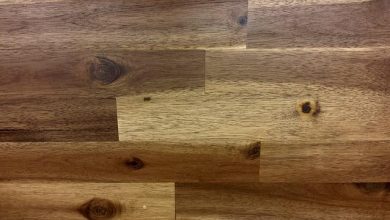How to Figure Out What Strength of Reading Glasses You Need

When we think of wear and tear on our bodies, eyes aren’t usually among the things we notice. We notice back pain, sore joints, and loose teeth, certainly. But eyes? We seem to be pretty happy with them most of the time. Modern science has made it possible to maintain excellent vision well beyond when nature says we shouldn’t.
Our eyesight starts naturally declining around the age of 40. Medically known as presbyopia, you can expect small print to become hard to read and your vision, in general, to become a little blurrier over time. There is no cure and it can’t be stopped… it’s just a part of aging.
Thankfully, there is a ready solution for presbyopia: reading glasses. Over 62% of Americans use these as their go-to for countering the effects of presbyopia, and for good reason. They’re readily available, affordable, and require no prescription or medical intervention. If you’ve been noticing headaches or you can’t see up-close things quite as clearly as you used to, it may be time for reading glasses.
Since they don’t require a prescription, it can feel like you’re on your own when choosing reading glasses. Don’t worry, we’re here to help! Let’s take a look at what you need to know about figuring out what strength of reading glasses you need.
How Reading Glasses Work
To choose the right strength of reading glasses, we’re going to have a science lesson. We’ll keep the technical jargon to a minimum; unless you’re an eye doctor, there’s a lot you don’t need to know.
When we talk about the “strength” of reading glasses, we’re talking about the level of strength the lenses provide. It’s also known as “reading power,” or if you like scientific terms, “diopters.” This is indicated with a plus sign “+” followed by a number with a decimal. The lowest is +1.00 and they go up in +0.25 increments as they get stronger. The higher the number, the stronger the reading power.
Most people just getting reading glasses aren’t going to need very high-powered ones. +1.25 or +1.50 is plenty for most. If you’re unsure of which to choose between two, it’s generally recommended to go with the lower-powered option. A little goes a long way with reading glasses.
Age, as we know, is a factor. If you’re only in the early stages of presbyopia, you won’t need as strong a set of reading glasses as someone who’s been living with it for longer. This chart shows a very general range of age and suitable reading power:
- Age 40-44: +0.75 to +1.00 reading power
- Age 45-49: +1.00 to +1.50 reading power
- Age 50-54: +1.50 to +2.00 reading power
- Age 55-59: +2.00 to +2.25 reading power
- Age 60-65: +2.25 to +2.50 reading power
Keep in mind that everyone is different, and this chart is a very loose guideline.
If you choose lenses that are too powerful for your eyes, you might find yourself getting a headache or experiencing nausea or dizziness. It’s also possible that you may need different strength lenses for different purposes. Seeing the details on a TV screen across the room may require stronger lenses than the glasses you use when reading a book or your mobile device.
How to Figure Out What Strength of Reading Glasses at Home
The very best way to get a handle on what strength reading glasses you need is to visit an eye doctor. Reading glasses don’t require a prescription, though, so an eye doctor might be overkill depending on your circumstances. A solid ballpark method will do just fine. There are three ways to go about it.
- Print-At-Home Eye Chart
The easiest way to figure out what strength reading glasses you need is to use a print-at-home eye chart. If you already have glasses on, remove them. Then just hold the chart 14 inches from your face and read down the chart until you find a line you can clearly read. It’s the opposite of the eye doctor’s chart where they start large and get smaller. Once you find a line you can read without glasses, that’s your reading power.
- Power Finder Tool
Here is a handy interactive quiz that can get you off to the right start in determining your reading power.
- Sample a Few
You can also go to your local pharmacy and try out some of their models. Make a note of which reading power works best for you. There probably aren’t a lot of options for types and styles, but this can help you at your reading power locked in.
Power Down
Vision problems happen to all of us eventually. Reading glasses with the right strength for your needs can make your blurry blues go away.












